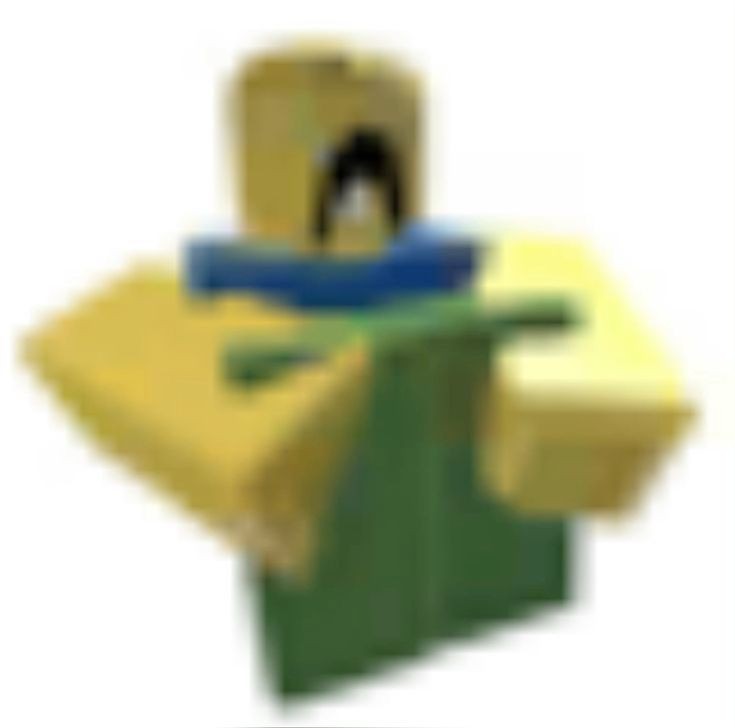Formation and Layers
Cards (21)
- process of earth accretion:
- clump of dust grains accumulate
- clump of dust forms planetesimals
- force of gravity attract planetesimals into accumulatin
- planetisimals form protoplanet
- final step: differentiation of earth - heavy/dense materials like nickel and iron sink to the center of the earth; light/dense materials rise to the surface
- crust - outermost layer; silicon, oxygen, aluminummantle - middle layer; rockscore - center; nickel and iron
- crust (oceanic, continental)
- mohorovicic's discontinuity
- upper mantle
- lower mantle
- gutenberg discontinuity
- outer core
- lehmann's discontinuity
- inner core
- two parts of core are inner and outer
- inner core is the most difficult to study as it is inaccessible, information based on seismic information and computer models
- in 1936, it was inge lehmann who discovered that earth has a solid inner core
- the inner core has a radius of 1250 km, consists mainly of magnetic iron nickel alloy that is solid and cannot melt because of immense pressure, and it is 6000 celsius, as hot as a sun's surface
- the outer core is made out of iron and nickel, 2300 km thick, is 4000 to 5000 celsius, and has a molten metallic core whose magnetic field is linked to earth's rotation
- the boundary between outer and inner core is the lehmann discontinuity
- the two parts of mantle are lower and upper
- mantle is the largest part of earth and is made up of magma (molten rocks)
- magma circulates in currents, determined by cooling and sinking of heavier minerals, heating and rising of lighter minerals
- the lower mantle is hot and exhibits "plasticity", is soft/magma, has higher pressure and therefore occurs a formation of different minerals from upper layer, 2240 km thick, covers the asthenosphere
- gutenberg discontinuity is the boundary between lower mantle and outer core
- asthenosphere is a layer that lies after lithosphere, covers most of upper mantle, whose name was given by joseph barrel in 1914, and plays a critical role in plate movement
- lithosphere is located on the upper most mantle and crust
- the upper mantle covers the lithosphere, is rigid and solid, covers the moho boundary, and is 660 km thick
- mohorovicic discontinuity was discovered by andrija mohorovicic in 1904, this seperates the upper mantle and crust
- two parts of crusts are continental and oceanic crust
- oceanic crust is dark colored, basaltic, more dense, thinner, 50 km thick
- continental crust is light colored, granitic, less dense, course-textured, thick layer, 40 to 70 km thick
